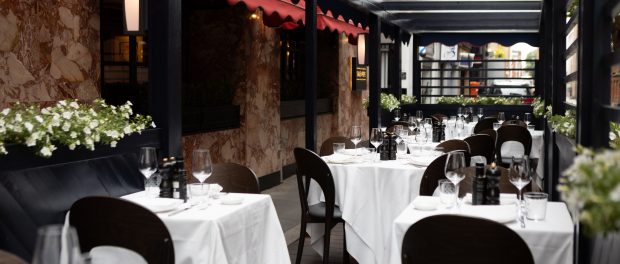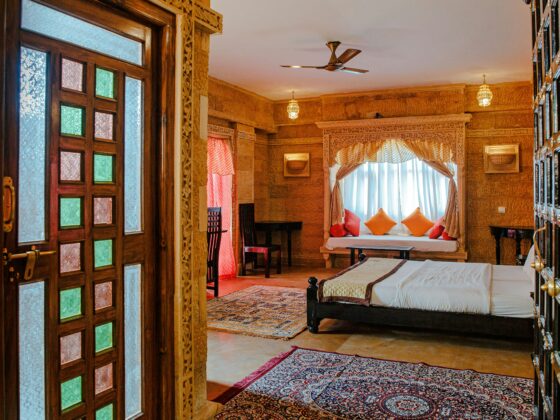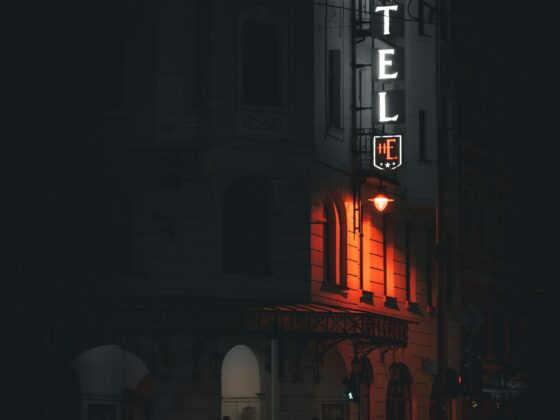America’s lodging market is splitting in two as wealthy travellers fuel luxury growth while everyone else cuts back
Oct 20, 2025
The US hotel market is splitting in two. Luxury bookings are surging as affluent travellers spend freely, while midscale and budget properties face declining occupancy, weaker rates, and fewer bookings. Analysts warn that the apparent health of the sector masks a growing divide driven by income inequality and shifting consumer behaviour.
Key takeaways
- Luxury resilience: High-end brands like Four Seasons, Ritz-Carlton and St. Regis report a 2.9% revenue increase this year, even as economy hotels see a 3.1% decline.
- Affluent demand: Wealthy travellers are paying $1,500–$3,500 per night for premium stays, buoyed by stock market gains and real estate wealth.
- Middle-market weakness: Domestic demand has softened, with lower- and middle-income households cutting back on travel amid inflation and high debt levels.
- Falling inbound tourism: International visits to the US are projected to drop over 8% in 2025, representing $8.3 billion in lost spending.
- Concentration of spending power: The top 10% of US households now drive about half of all consumer spending, fuelling premium travel growth and leaving others behind.
- Strategic hotel pivot: Major groups like Marriott and Hilton are expanding their luxury portfolios, chasing higher margins and price-insensitive guests.
- Economic divide on display: While some guests upgrade to five-star reliability, others are staying home—underscoring how prosperity at the top conceals strain across the wider lodging market.
Get the full story at Hotel Management







